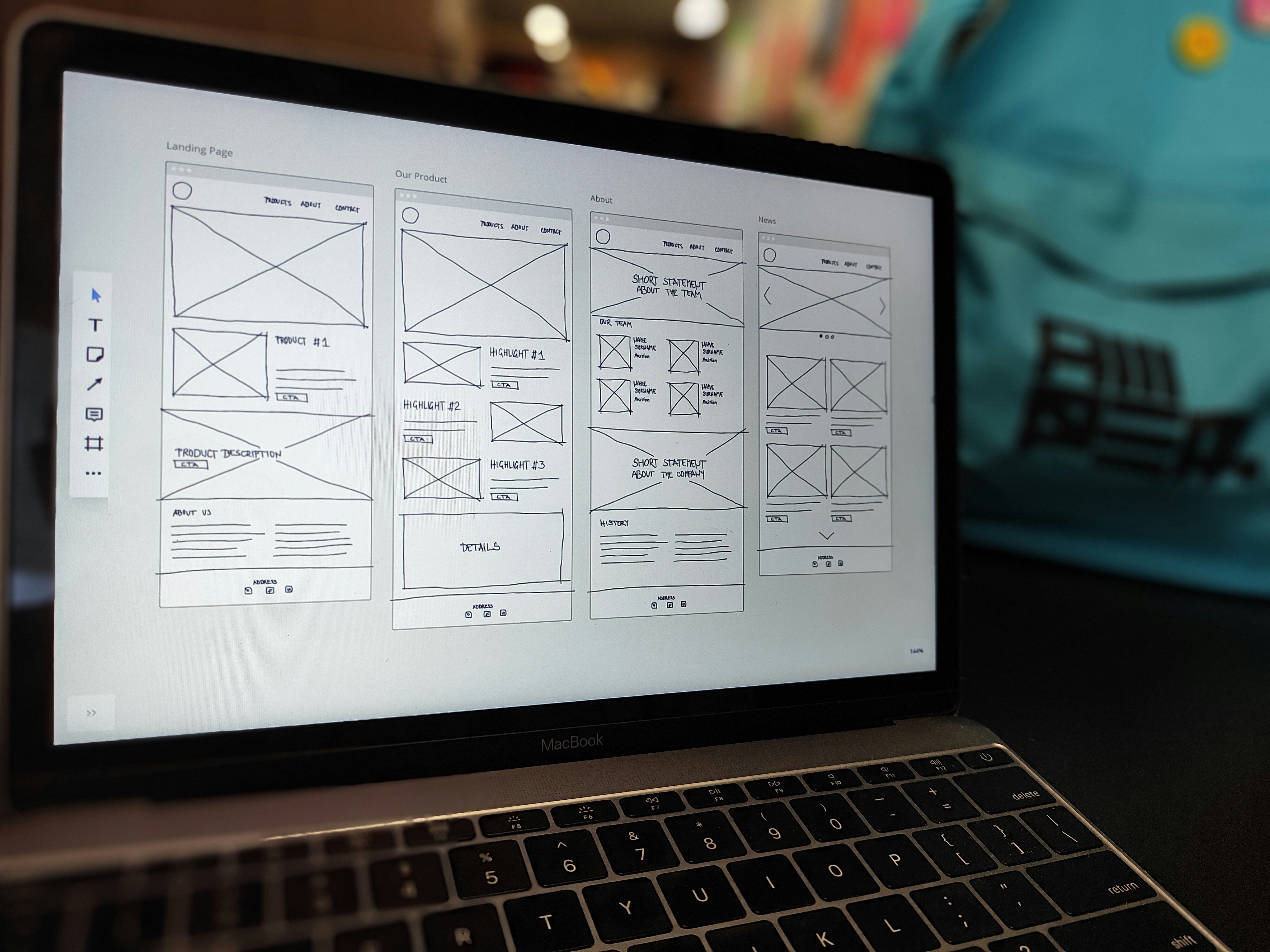The Hidden Costs of Bad SaaS Design: Why UX/UI Is Non-Negotiable
Bad design leaves money on the table. Don’t believe it? Consider this.
6 min read
Written by Keith Shields, Apr 9, 2024

Looking for a way to harness the power of custom digital solutions without losing your competitive edge? Finding that balance between quality and cost-effectiveness in today's market can be a challenge. The nearshore software development model, particularly in Latin America, could be the key to unlocking a new level of affordability for your enterprise.
Latin America offers an ideal nearshore destination for companies seeking high-quality software development at a competitive rate.
We’ll cover the top reasons to consider Latin America over other locations for your nearshore development partner and how to ensure a successful partnership.
Nearshore software development serves as a middle ground between onshore and offshore software development methods with several key benefits. While onshore development can be high-quality, it poses challenges related to labor shortages and the high cost of domestic talent. Offshore development, by contrast, is typically less expensive but presents some quality concerns due to cultural, language, and significant time-zone differences.
Nearshore development balances the benefits of other outsourcing approaches while minimizing pitfalls. Working with a nearshore development team means little or no time difference and can offer access to skilled talent at a more affordable rate. For U.S.-based companies, Latin America makes an ideal location for nearshore development. We’ll unpack exactly why in the section that follows.
Learn more: What Is Nearshore Development and When to Use It →
Latin America is an obvious choice when evaluating possible nearshore software development locations. Proximity, skilled labor, and cultural similarities minimize challenges associated with outsourcing while providing meaningful business advantages.
Latin American teams make in-person collaboration not only possible but convenient. A company based in Greenville, S.C., for example, can have team members on the ground in Bogotá, Colombia, or vice-versa, in about seven hours. And, since the locations only have a one-hour time difference, jet lag won’t jeopardize valuable team-building activities.
With offshore development, on-site visits are much more difficult. Costly flights and significant travel time pose real challenges to local and outsourced team members looking to meet. Traveling to or from India or the Philippines—both popular offshoring destinations—takes more than a day from the United States, rendering the trip unrealistic for most teams.
Remote collaboration is also smoother when choosing a nearshore development partner in Latin America. Offshore partnerships, by contrast, make meetings and synchronous communication nearly impossible. If your development team is in Asia or Eastern Europe, for instance, you can meet at odd hours, like 5 am EST, or pass off messages one day and hope for a response the next. Working in similar time zones means overlapping working hours and fewer stalls in communication due to misaligned schedules. Teams can reasonably flag and resolve issues within the same business day, rather than dragging out timelines due to time differences.
Latin America is home to a large pool of qualified developers, often with strong educational backgrounds. Favorable laws have encouraged direct investment from other countries. As a result, the region boasts a thriving local network of software engineers and the infrastructure, including reliable high-speed internet, to support them. Excellent universities across the continent have contributed to a wealth of back-end and front-end developers with a broad range of specialties and skill sets.
You don’t have to look far to find a tech hub in the region. From Mexico City to Buenos Aires and San José to Medellin, Latin America is booming with development talent. Mexico, Colombia, Argentina, Brazil, and Chile are among the most popular countries for nearshore development thanks to the availability of talented developers there.
Nearshoring in Latin America makes it easy to align schedules and fosters connectivity. Shared or similar time zones mean overlapping work hours and the ability to set project norms around key business practices and work ethics. In other words, it’s easier to keep tabs on outsourced teams and address challenges quickly if they’re working when you are.
Similar cultural norms between the U.S. and many Latin American countries also enable easier collaboration. Like their American counterparts, many Latin American workers value the principles of teamwork, clear communication, and shared decision-making. These qualities strengthen hybrid and remote teams, helping to keep projects running smoothly.
For many companies, cost savings represent the one of the most compelling reason to outsource software development. Latin America delivers on that front, with access to high-quality talent at a fraction of the rates U.S. workers demand.
At the same time, nearshoring to Latin America can open up opportunities to leverage specialized knowledge. Hiring developers with niche expertise is often difficult or very expensive in the U.S. Nearshoring opens you up to a wider talent pool, making finding your ideal skill set a possibility.
No matter the arrangement, successful teamwork isn’t guaranteed, and nearshoring in Latin America is no exception. Be aware of these possible pitfalls so you can put safeguards in place and maximize your chances of success.
Many Latin American professionals are bilingual in Spanish and English. Fluency, however, does vary. Without proper planning for language challenges, important details can get lost in translation.
Finding a partner who emphasizes clear communication can help minimize hiccups. Designli, for instance, only hires developers with native or near-native English proficiency—especially in client-facing product roles. We also pay for English tutoring for all of our employees because we know that clear communication can be the difference between a project’s success and failure.
It’s worth noting that time zones for your nearshore and domestic teams might not align perfectly. The nearshore software development method, however, is a drastic improvement in that regard over the offshore alternative. Oftentimes, normal working hours in North America fall during the middle of the night for offshore teams (and vice-versa), making collaboration tricky.
Small time zone discrepancies are usually nothing more than a minor inconvenience. Any time zone in the U.S. has a matching time zone in Latin America. When it comes to time differences, working with a developer in Latin America is like working with a developer in any other part of the U.S. Flexible work arrangements help to keep projects on track, despite the time differences.
To synchronize communication with your nearshore team, try setting overlapping work hours at the start of the project. For the most part, Designli developers work during U.S. Eastern Time Zone hours to align with our Greenville, S.C. headquarters.
Even if they’re in a slightly different time zone, our developers don’t have to work in the middle of the night to stay on our shared schedule. That gives us, and our clients, peace of mind, knowing our team isn’t sacrificing quality of life or working when they’re exhausted and more prone to errors.
Deciding to outsource your software development might sound like a big risk, but the data shows it’s a strong strategic move for many companies. When it comes to quality and cost, the numbers make a strong case. Here are just a few statistics that tell a story of success for the future of nearshore software development:
In many ways, the numbers paint a picture of a larger trend toward nearshoring more in the coming years, with Latin America being a prime destination to do so.
No question, nearshoring in Latin America offers numerous benefits, but neither the development method nor the region is a silver bullet. Success depends largely on finding the right partner. Before you sign a contract with your nearshoring partner, look for these important qualities.
There are all kinds of developers. Get clarity on the types of skills you need for your project before you start your search. Industry experience, certifications related to a particular expertise, or a niche in software similar to yours are all great signs.
Do your homework and research any potential nearshore partner. The best ones will be able to point to examples of past work that demonstrate their success. When vetting prospective software development firms, don’t shy away from asking for references or case studies. A strong nearshoring company should be proud to show you proof of its capabilities. You can also check sites like Clutch, G2, and Google Reviews to see what other customers have to say about their experiences.
Not every team is right for every company, and that’s okay. Factors like communication style and team culture might not seem like a big deal, but when they’re not aligned, they can quickly derail a project. In particular, look for a team with strong English speaking and writing skills so you can be confident that your project goals come through crystal clear.
Learn more: Complete Guide to Software Development Outsourcing →
When considering a nearshore software development partner, Latin America stands out as a compelling option, especially for companies in the U.S. Latin America offers tremendous access to top developer talent as well as significant cost savings. At the same time, the geographic proximity to the U.S. makes travel feasible and collaboration easier, thanks to similar time zones. Sharing English as a common language also promotes easy communication and cultural similarities between North and South or Central America aid team cohesion.
Looking for a nearshore development partner or a U.S.-based team to facilitate connection to vetted nearshore developers? Let’s talk. Schedule a free consultation to learn more about our services and discuss your project ideas.
You Might Also Like:
Subscribe to our newsletter.

Bad design leaves money on the table. Don’t believe it? Consider this.

It’s easy to get confused between what a web developer is and what a web designer is. After all, they both work on websites, and nowadays, the two...

Those of you who have been following our blog know that we write about behavioral design quite a bit. And we integrate behavioral design into the...
Post
Share